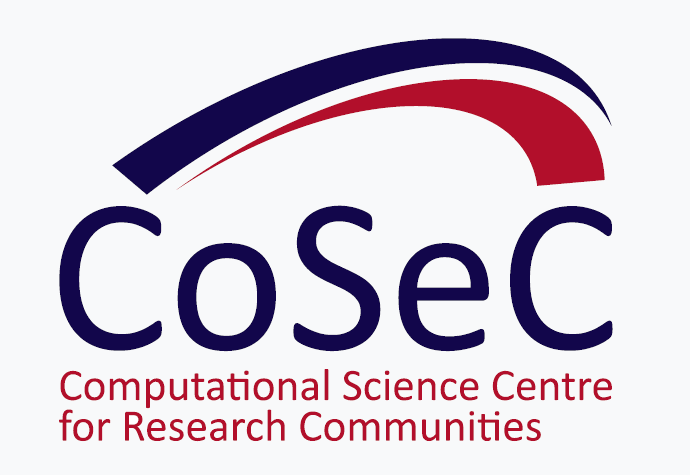This online talk will be given by David Hardy one of the NAMD developers.
Registration is free, but required to get the Zoom link. Click Here.
Title:
Accelerating Discovery with NAMD 3 Simulation: A New High-Speed Computational Microscope
Abstract:
Molecular dynamics simulations serve as a bridge between structural data and biological function, offering an atomic-scale view of the mechanistic foundations of life. The latest release of NAMD (https://www.ks.uiuc.edu/Research/namd/), version 3, provides a significant leap in computational capability, pushing the envelope into the realm of million-to-billion atom simulations — domains critical for understanding complex cellular functions. In speeding up the software, a cornerstone of this advancement is the new GPU-resident operational mode, which substantially accelerates molecular simulation. With NAMD 3, even a single desktop workstation equipped with a modern GPU can achieve simulation speeds of one microsecond per day for systems of approximately 25,000 atoms. This remarkable efficiency is further magnified in GPU-dense environments such as DGX architectures, where tightly integrated communication interconnects enable scaling for larger systems, ranging from one million to twenty million atoms, across multiple GPUs. Such capability enables simulation of biologically realistic systems at speeds of hundreds of nanoseconds per day. NAMD capabilities extend to ensemble simulations of smaller systems, where multi-GPU configurations are leveraged to co-schedule multiple simulations, maximizing timescale sampling and throughput. By streamlining the simulation process across diverse hardware platforms, NAMD democratizes access to high-fidelity simulations, simplifying simulation setup, execution, and analysis, thereby making large-scale molecular modeling more feasible and less resource-intensive. Ongoing efforts are dedicated to enhancing GPU performance, incorporating the many advanced simulation methods that have been essential to NAMD's success as a molecular dynamics tool for over thirty years. Key functionalities such as steered molecular dynamics (SMD), collective variables (Colvars), and alchemical free energy methods are now available in the new GPU-resident mode, addressing the evolving needs of the NAMD user community. NAMD is freely distributed, helping to foster collaborative scientific advancement and catalyze groundbreaking discoveries in biological research.



